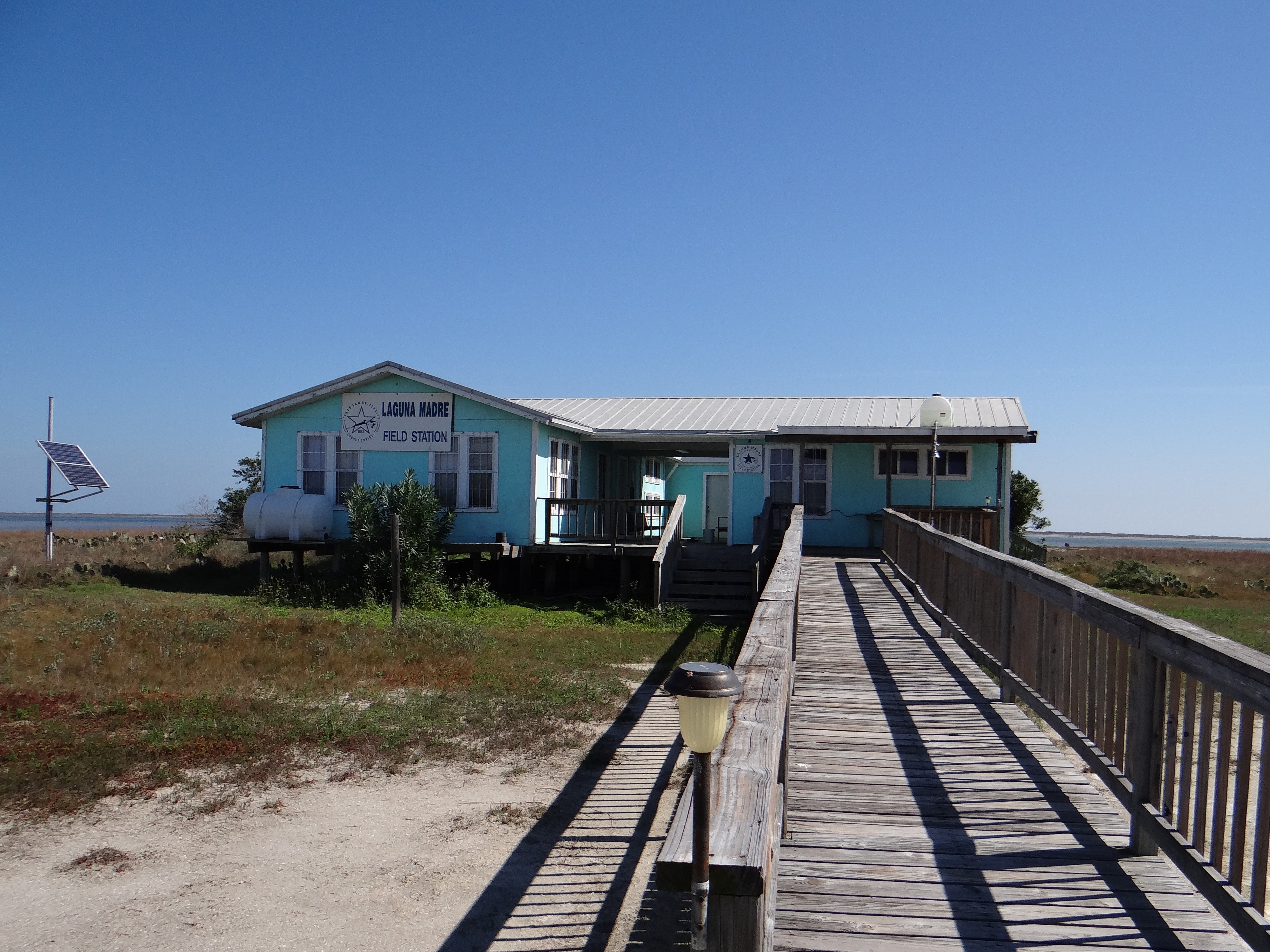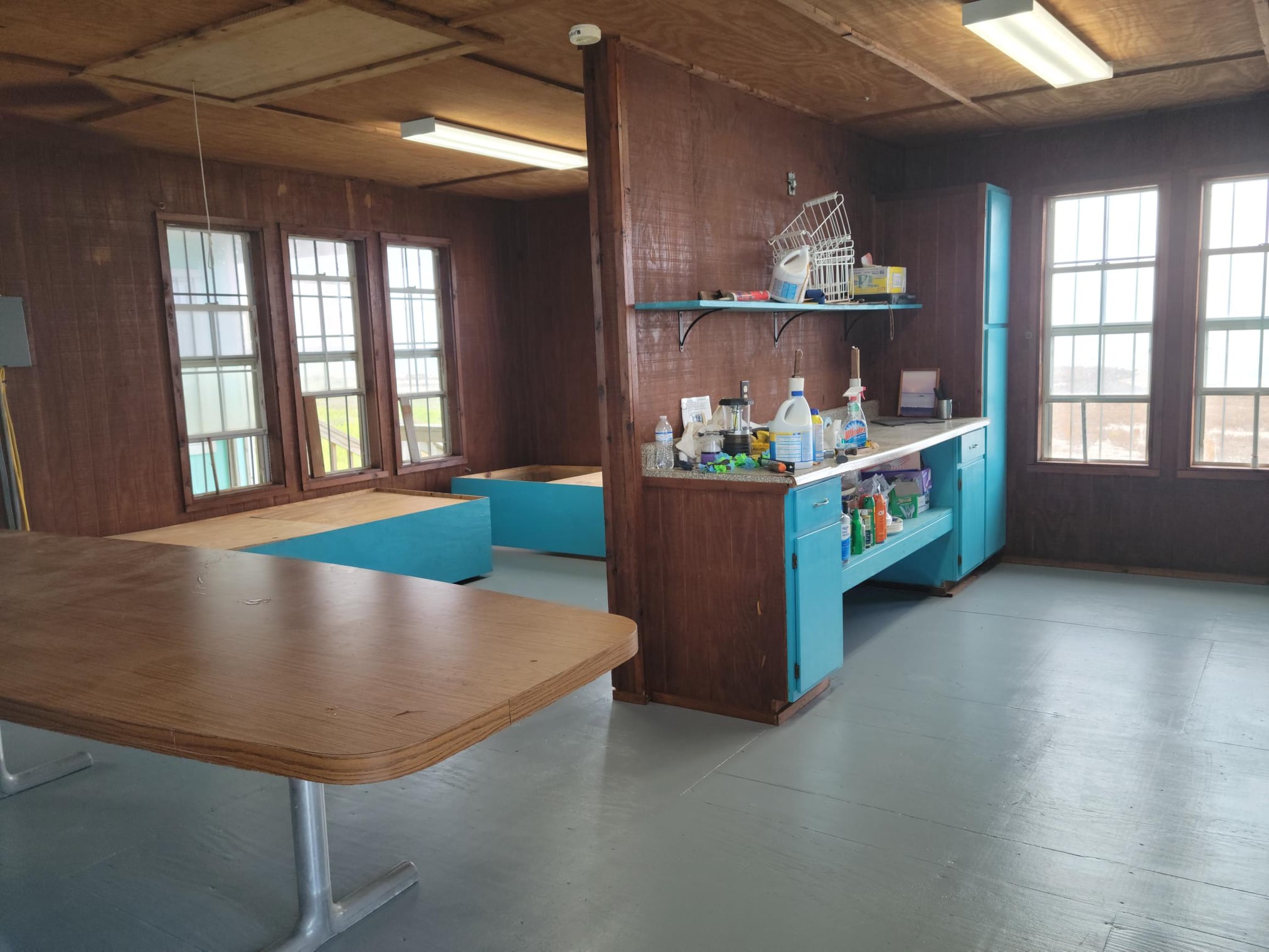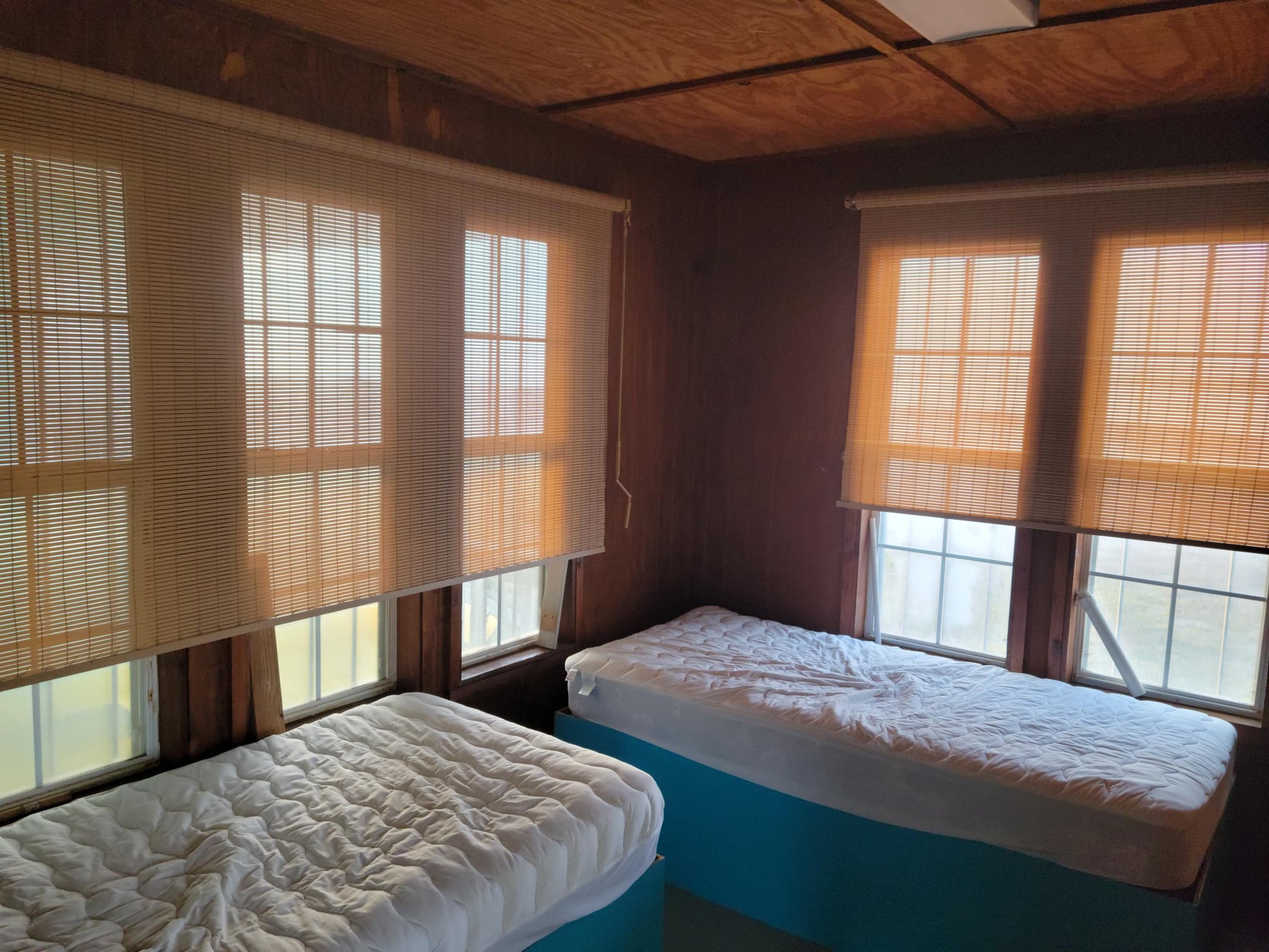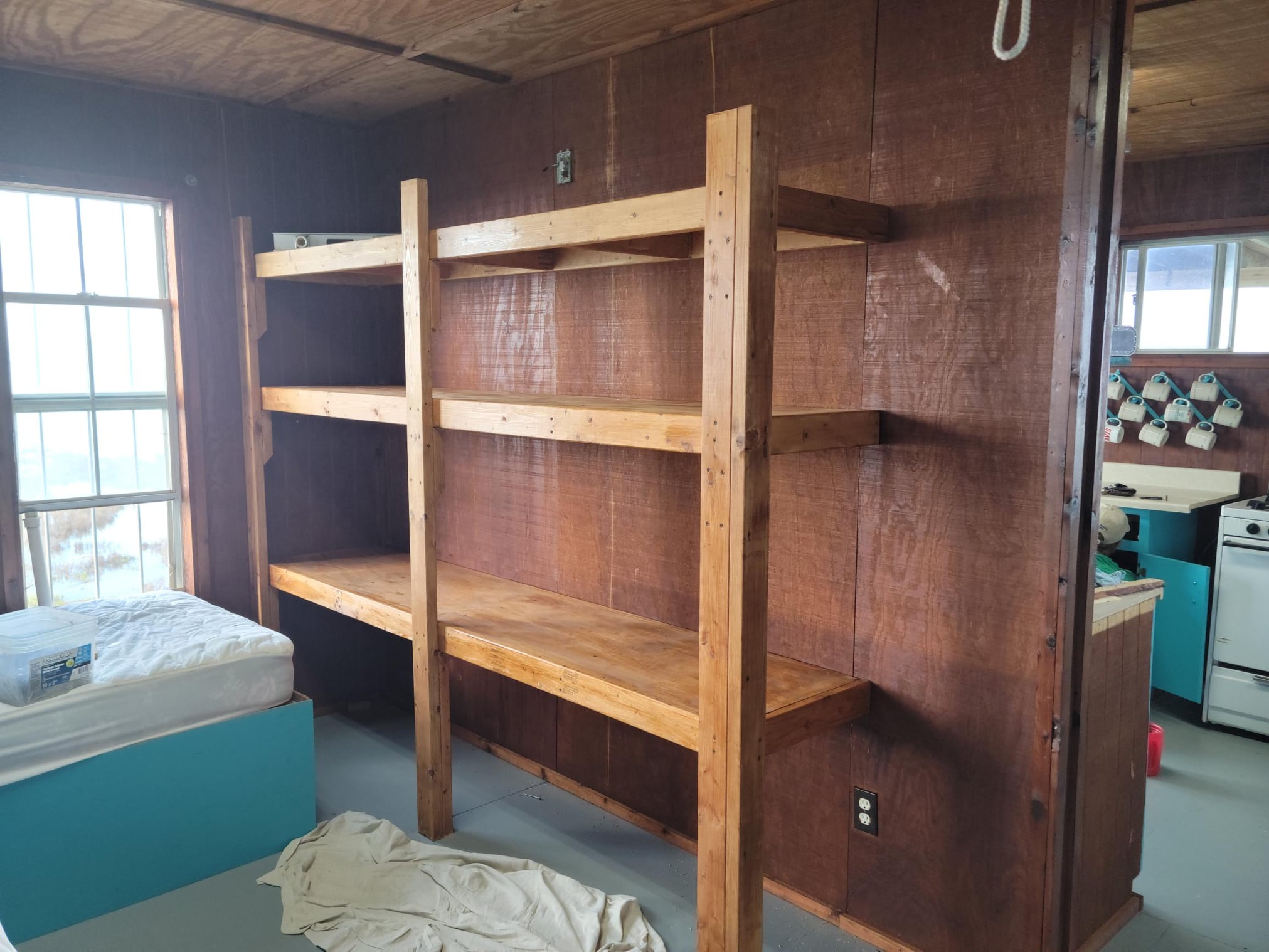Laguna Madre Field Station
About LMFS
The Laguna Madre Field Station (LMFS) provides a site and facilities for field training, education and research in coastal environmental and ecological studies. The mission of the LMFS is 1) to increase understanding of the Laguna Madre, adjacent bays, estuaries and Gulf Coast ecosystems, and 2) to foster ecosystem stewardship.

In addition to campus facilities, the Center for Coastal Studies is responsible for the operation of the Laguna Madre Field Station, which belongs to the TAMU-CC College of Science and Engineering. The Laguna Madre Field Station was reconstructed through volunteer labor from faculty, students, and friends under the direction of Dr. Roy Lehman and Mr. Jerry Barnes. The facility is built on a dredge material island in the Laguna Madre near Intracoastal Waterway Marker 83 (about five miles south of the JFK Causeway), making it only accessible by boat. It has been leased since the mid-1970s from the Texas General Land Office under a unique Educational Facility Lease.
Faculty, undergraduate, and graduate students have used the site for research and educational endeavors. Graduate students have used the island and structure as headquarters while completing their research.
LMFS Application
For permission to conduct research at the LMFS or for more information, please contact...
Dr. Loretta Battaglia at loretta.battaglia@tamucc.edu.
LMFS Rates
Day Use: $10/person/day, *with no minimum number of people required*
Overnight Lodging Fee: $20/night/person, with a minimum of 12 people required ($240/night). Fee includes bottled drinking water and consumable kitchen supplies, but food is supplied by individual users or through class field trip fees.
Laboratory Use Fee (added to the Lodging Fee): $30.00/person/day, which includes all laboratory supplies/consumables and lab supervisor/instructor. Cost is dependent on planned field and laboratory procedures.
Boat Use Fee: Transport to/from LMFS:
Non-Skiff boat charge $180/day
Carolina Skiff boat charge $225/day
Center provided boat operator - $125
Truck Use Fee: $0.72/mile


